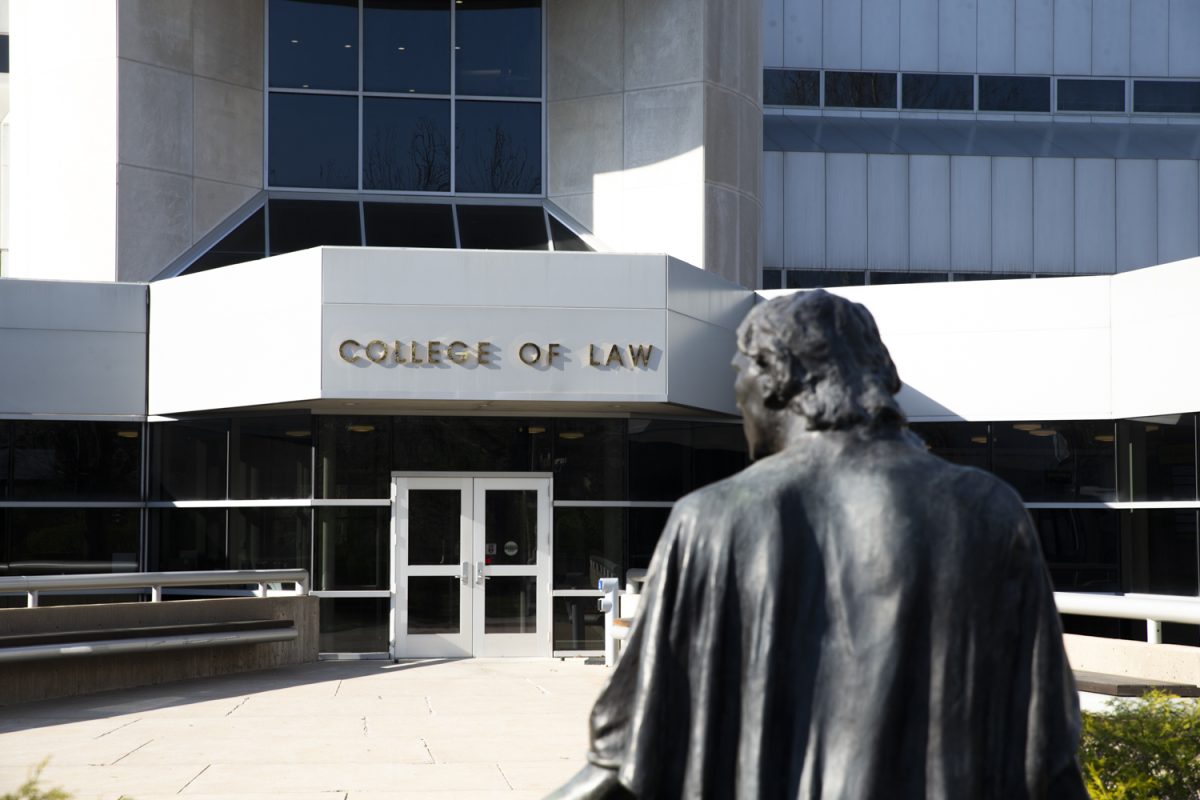When Taylor Krueger walks into her middle school each day, one question is buzzing on everyone’s mind: ‘What hat will she be wearing today?’ A glimpse into her closet reveals a collection of 20 hats with hues ranging from wildfire reds to aqua blues, though her favorite ones are white and black adorned with dazzling blings.
Taylor’s sparkling caps and cowboy boots she pairs them with seem like a normal sixth-grade girl’s attire and lifestyle, and that’s exactly what she wants — to have a sense of normalcy. But hidden beneath those hats is a strong, 12-year-old girl growing her hair back from heavy doses of chemotherapy and radiation.
“What’s helped her the most, is to have as much normal in life as possible,” said Shawnee Krueger, Taylor’s mother. “Go to school every day, be with friends.”
The battle started several years ago with frequent ear infections and several trips to the doctor for regular childhood illness.
And ended in two types of cancer.
After blood work tests and the results returned, Taylor was diagnosed with acute lymphoblastic leukemia — a cancer affecting the blood and bone marrow — in September 2003 at just 20 months of age and was taken immediately to the University of Iowa Children’s Hospital.
About a year into her diagnosis, Taylor responded well with routine spinal tap and chemotherapy treatments. But then came a relapse, and the only chance for survival was a bone-marrow transplant.
The hunt to find a donor began — a process that proved to be a “little more trying” than originally planned. Taylor’s cancer was multiplying every day, but she finally received her transplant after her third birthday.
And life moved on.
But Taylor’s battle isn’t as black and white as the hats sitting in her collection.
“There were no symptoms,” Krueger said, shaking her head in disbelief. “We did not expect a diagnosis. She had some problems with headaches, but it had been an ongoing thing. We went in thinking we were going to have an MRI and go home.”
Eight years later, in December 2012, Taylor went in for a routine MRI. Krueger had a nervous feeling that day. The nurse returned and said, “The doctor wants to talk to you,” and Krueger knew that at that point, it wasn’t good.
Taylor was diagnosed with a stage-four brain tumor, glioblastoma multiforme.
“It was your worst nightmare,” she said, fighting back tears. “They pulled it up on the monitor, and she was sitting right next to me. You don’t have to have a medical background to see that there was a tumor there, and it wasn’t good.”
Life from there kind of became a blur.
The doctors wanted to perform surgery almost immediately, but the family decided to wait and celebrate her birthday first. “But how do you fully celebrate knowing you’re going to have surgery soon?” Krueger said. The next week Taylor had surgery and the doctors were able to completely remove the tumor. Six weeks of radiation followed.
Since then, Taylor has been on a biweekly schedule of chemotherapy. The Kruegers are a normal family. But they don’t live a normal life. Routine visits to the university for checkups and side effects from her treatment have been challenging.
“She doesn’t like elevators anymore,” Shawnee said. “When she was little, she thrived for elevators. ‘I push the button, Mom.’ Now she doesn’t want anything to do with those. She wants control in her life.”
When asked about her favorite subject in school, Taylor, sporting a bedazzled white hat as the pick of the day, couldn’t decide on just one, because she liked them all. She did mention keeping scrapbooks as a favorite hobby as well as watching a few of her favorite movies. Letters to God, she explained, is about a kid who grows up with cancer and lives his life normal, and My Sister’s Keeper iterates the same message.
“I feel like I can relate to them,” Taylor said, shying her face into her hands. “I live my life normal, I try to do things when I can. I try to be active as much as I can, too.”
Deb Menken, who teaches Taylor’s sixth-grade science and who Taylor nicknamed “Mud,” said Taylor’s quirky sense of humor is reflected in the name.
“It’s just one of those jokes,” Menken said with a burly laugh. “She’s a little shy, but a sweetheart and has a funny sense of humor, almost dry. She’s a good student too. She doesn’t want to appear different. Ever.”
Taylor is maxed out on all the radiation she can have in her life, but nothing sets her back. Taylor only missed five days of school in a six-week period of heavy treatment, a testament to her strength and resiliency. She’s been forced to grow up much faster and is mature way beyond her years.
“She’s my best friend,” Krueger said, breaking into a smile. “Anyone who has her as a friend is lucky. She has a heart of gold. She can relate to people who have trials and struggles. It breaks her heart when people are mean and when people say hurtful things.”
A trip down Taylor’s school hallway is bound to be full of pink shirts, sweatshirts, and bracelets. Faculty, staff, students, and friends made these outfits last year for Taylor, with the message “No one fights alone.”
And that’s been the goal of Dance Marathon, too. Krueger said when Taylor was first diagnosed with cancer, Dance Marathon immediately came to the hospital to support them and became part of the family.
Taylor and Dance Marathon have a lot in common. One has 20 hats, while the other has 20 years of existence. And, they both fight strong.
“We have people say I don’t know how you carry yourself so strong and I say, ‘What choice do you have?’” Krueger said. “You can live every day dwelling on it or you can just make the most of each and every day, and that’s how we live.”






